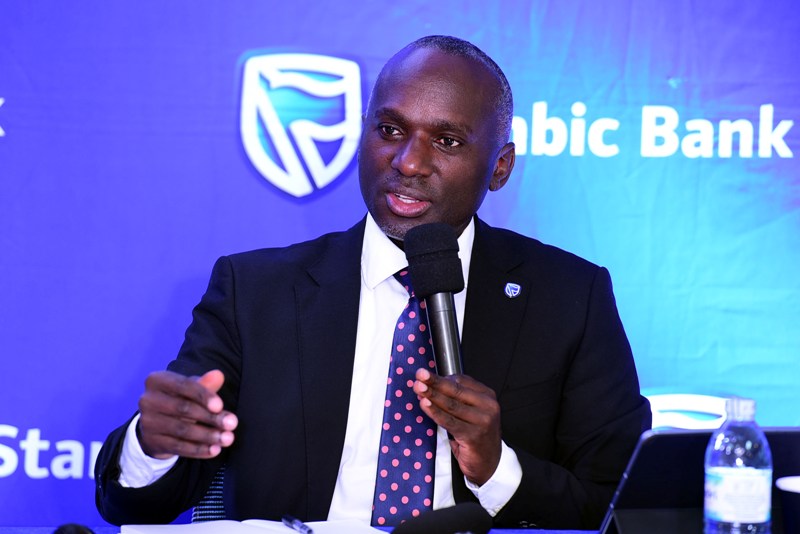BOU lowers interest rate to 9.75% as inflation eases
In September 2024, inflation further declined to 3.0% and 3.7%, respectively, due to lower oil and food prices.

On October 7, 2024, the Bank of Uganda’s Monetary Policy Committee (MPC) lowered the Central Bank Rate (CBR) by 25 basis points to 9.75%, citing an improved inflation outlook.
Deputy Governor Michael Atingi-Ego attributed this decision to subdued inflation levels, with annual headline and core inflation averaging 3.2% over the past year. In September 2024, inflation further declined to 3.0% and 3.7%, respectively, due to lower oil and food prices.
“The decline in inflation is due to factors such as unwinding global shocks, a stable shilling exchange rate, moderate import growth, and prudent monetary policy,” explained Atingi-Ego.
The Bank of Uganda expects core inflation to stay below its 5% target over the next year, supported by favorable food and oil prices and a stable exchange rate. However, inflation is anticipated to return to target levels in the medium term.
The MPC also highlighted Uganda’s strong economic growth, reporting a 6.6% annual GDP growth rate as of June 2024. Economic growth is projected at 6.0-6.5% for FY 2024/25 and 7.0% in the following years, boosted by government initiatives, increased foreign investment in the extractive sector, and the launch of oil production in FY 2025/26.
To foster socio-economic transformation, the MPC decided to ease monetary policy, maintaining the CBR bands at +/-2 percentage points and adjusting the rediscount and bank rates to 12.75% and 13.75%, respectively.
“The easing is essential for keeping inflation on track while supporting economic growth,” Atingi-Ego said. “Future changes to the policy rate will depend on incoming data and evolving risk assessments.”
The MPC noted that inflation risks remain balanced. Potential threats include geopolitical tensions affecting energy prices, exchange rate volatility, extreme weather events influencing food prices, and strong domestic growth increasing demand. On the upside, factors such as lower inflation, stronger global economic growth, increased mineral sector investment, and favorable weather conditions could bolster confidence and growth.







